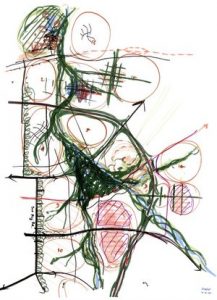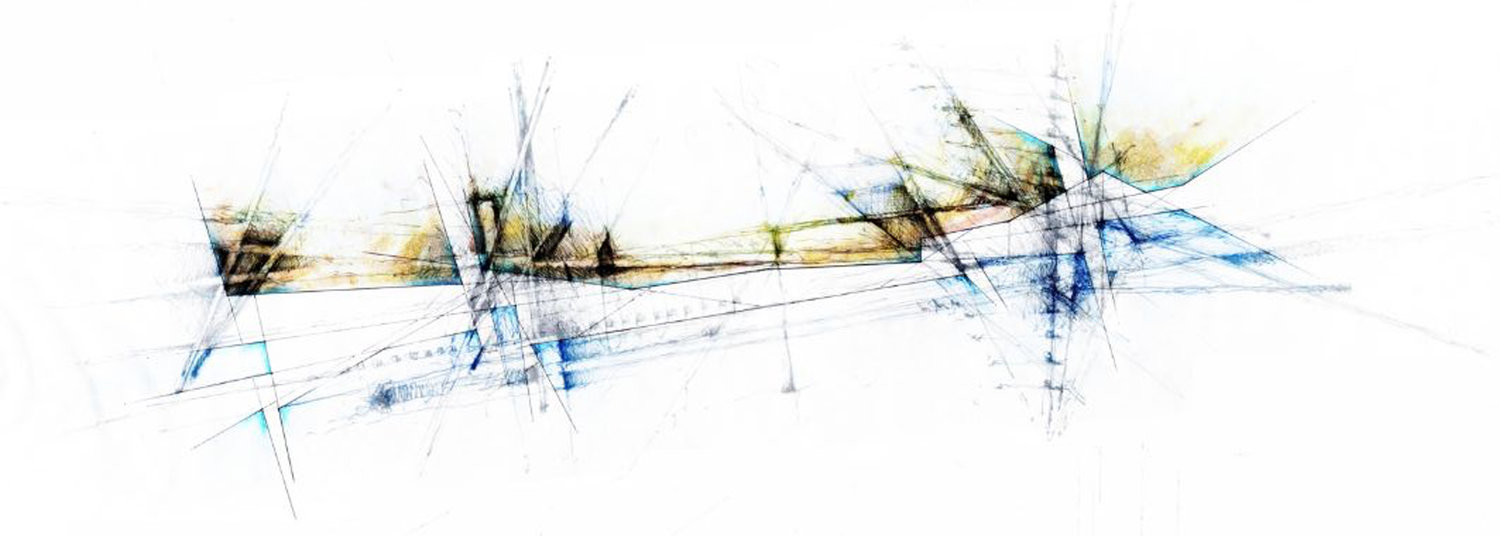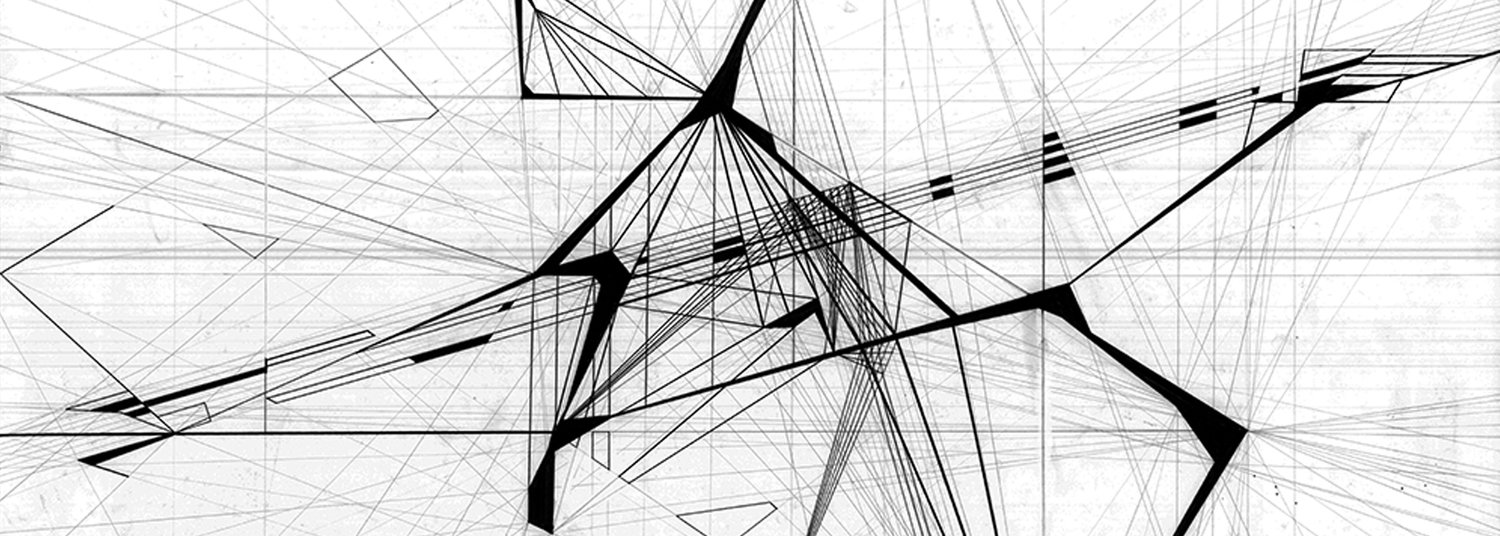Underlying Aesthetics
We’ve all seen wonderful man made landscapes, we’ve seen the carefully designed shared spaces, and the grand creation of parks. To get to the finished product we always question why the creator chose to create their creations in the way they did.
During my years in Studying Landscape Architecture we were taught how to design through drawings, through materials and through instincts. A lot of sketches laid on top of one another to finally create something that we could work with, from a single pencil line to the intensity of shadings, they all explained something.

The first initial drawings are like a brainstorm of issues and proposed outcomes, not to sure what they will lead to but it’s a start of something new. More layers of drawings conclude to more information and from that, a plan can then be created, using the layers of information, we start to pick out negatives and positives and realize which areas we need to work on.
Some of the layers to find include;
- Physical connection point/line: Where buildings or something of an importance meet.
- Flows: The movement/direction of people, transport, wind, light etc.
- Areas: Different areas space.
- Contours: Ground levels
Lines within the information will start to become more solid and form a structure, shadings will become areas of use, and instincts will begin to make your concept come to life. The beauty of all these layers is that once drawn, it becomes an abstract piece of art that shows the reality of a specific area.

Joshua Deacon l Composite Mapping- Process study of space through a series of layered mappings

